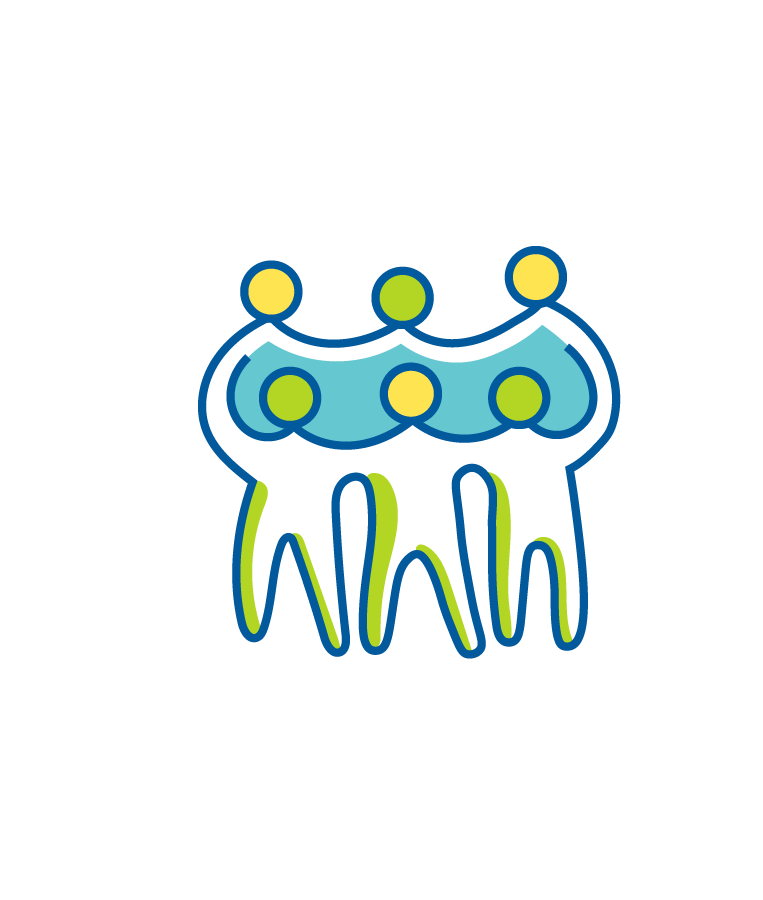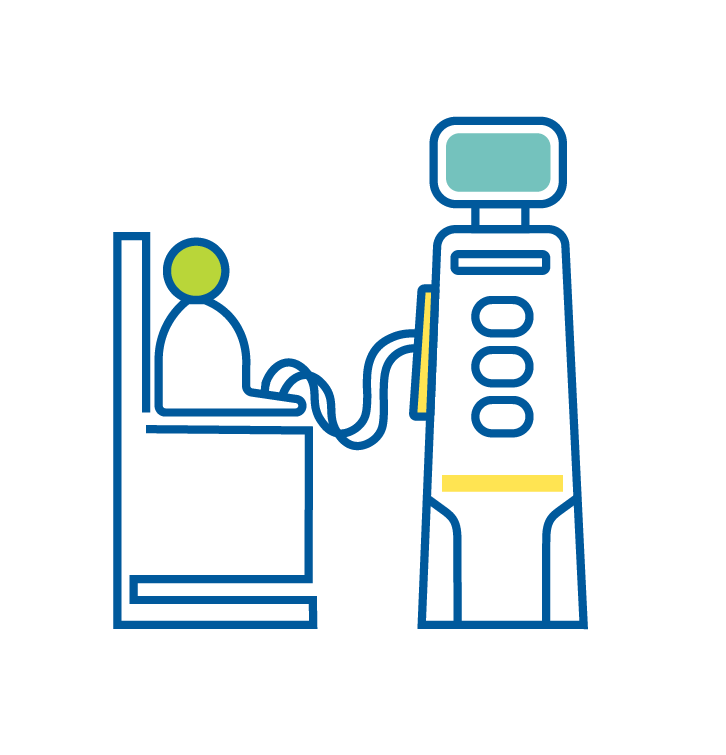
Different options for phosphorus management,
More possibilities for dialysis patients.




Phosphorus

What is phosphorus?
Phosphorus is a mineral found in many foods and is important for our bodies to function properly.
Your kidneys remove extra phosphorus from your blood. When you have kidney disease, your kidneys may not be able to remove extra phosphorus in the right way and too much phosphorus can stay in your blood. If you have kidney disease your doctor will do regular blood tests to check your phosphorus levels. If your levels are high, you may need to limit how much phosphorus you eat. Ask your doctor or dietitian if you need to start limiting phosphorus.
What does phosphorus do?

Build bones and teeth

Help with energy storage in your cells

Comprises a part of DNA
High phosphorus (hyperphosphatemia)
How does high phosphorus cause damage?

Makes bones brittle
High phosphorus pulls calcium from your bones, making them weak and brittle.

Creates calcium deposits in veins and organs
High phosphorus can cause the formation and deposit of a calcium and phosphorus structure in your veins and organs by pulling calcium from your bones. Over time this can create bonelike crystals.

Raises blood pressure
High phosphorus raises your blood pressure due to narrowed blood vessels from the calcium and phosphorus crystals. This may also lead to other heart issues.

Causes calciphylaxis
Calciphylaxis is a serious, but uncommon condition that consists of painful sores on the skin and skin ulcers that can lead to infections and even death. This is caused by calcium accumulating in small blood vessels of the fat and skin tissues.
Types of phosphorus
Your body absorbs phosphorus differently, depending on the type of food and whether it is natural phosphorus or added phosphorus in packaged or processed foods. It absorbs:

40% of phosphorus from grains

60% of phosphorus from meats, beans and nuts

80% of phosphorus from dairy

100% of phosphorus from added phosphorus sources
Foods with added phosphorus
Added phosphorus is used to preserve foods. It is commonly found in:
- Lunchmeat
- Hot dogs
- Pancake or biscuit mixes
- Ranch dressing
- Fast food
- Colas
- Tea (canned or bottled)
- Powdered lemonade
- Frozen foods
- Tortillas
- Many other types of packaged foods
Phosphorus as an additive
Because the body absorbs 100% of added phosphorus, it is very important to read the label on food items that come in a box, bag, or jar. This is also why it is always important to take your phosphate lowering medicine. Phosphate binders reduce the absorption of phosphorus from the food you eat and must be taken every time you eat. Phosphate binders work by soaking up phosphorus levels in the stomach, similar to a sponge soaking up water to help your body get rid of it.
There is also a newer type of medicine called a phosphate blocker. This medicine is used for individuals on dialysis when phosphate binders are not working well enough to get phosphorus levels to a healthy range. This medicine works by acting as a roadblock to block phosphorus from getting absorbed into your blood. This medicine is taken in the morning and at night as opposed to phosphate binders that are taken with every meal.
Phosphorus is difficult to find when looking on the food label. Go to the ingredient list to find added phosphorus and keep a list of the brands without added phosphorus to make shopping easier the next time.
A quick way to spot added phosphorus is to look for phosphates or “phos” in the ingredient list. Some examples include:
- Phosphoric acid
- Pyrophosphate polyphosphate
- Hexametaphosphate
- Dicalcium phosphate
- Ferric phosphate
- Sodium phosphate
- Monocalcium phosphate
- Aluminum phosphate
- Sodium polyphosphate
- Sodium tripolyphosphate
- Sodium polyphosphate
- Sodium tripolyphosphate
- Trisodium phosphate
- Tetrasodium phosphate

Be aware:
Phosphorus is added to many processed foods to help keep the food fresh for longer. Our bodies absorb 100% of that added phosphorus. Phosphorus additives can be found in bagged, boxed, canned, or bottled foods. When you have kidney disease, you should avoid or limit foods with these additives. Look on the ingredient list to know if the item has added phosphorus.
Be aware:
Phosphates are the form of phosphorus found in your body. Phosphates are a large molecule made of phosphorus and oxygen. The large size of this molecule makes it hard to remove during dialysis. This is why it is important to take your phosphate lowering medicines exactly as prescribed by your healthcare provider.
Be aware:
Many medicines, both over the counter and prescription, can contain phosphorus additives. It’s important to know if you take any of these medicines and how much phosphorus they are adding to your daily intake.
Keeping your phosphorus levels in a healthy range can be challenging, even with the use of medicine and changes to your lifestyle. Be honest with your care providers about the challenges that you face. They can give you suggestions and adjust your plan to help you reach consistent phosphorus levels and feel your best.

Low phosphorus (hypophosphatemia)
Having a low level of phosphorus is uncommon, but it can happen. If your phosphorus level is low, it might be because you do not have a good appetite and you are not eating enough, or you may be taking too much phosphorus lowering medicines. Talk to your doctor or dietitian about how to keep your phosphorus at the right level. There are often no symptoms of low phosphorus.
If you have severely low phosphorus (phosphorus less than 1mg/dL), you could experience respiratory failure, heart failure, seizures, and/or coma.

This educational campaign is supported by Ardelyx
Your support goes further with AKF
Your donation allows AKF to support people wherever they are in their fight against kidney disease – from prevention through transplant. For more than 50 years, we have fought on all fronts for millions of people impacted by kidney disease.
Donate today to support our work













